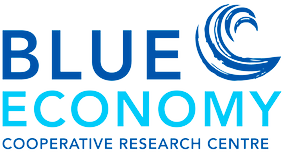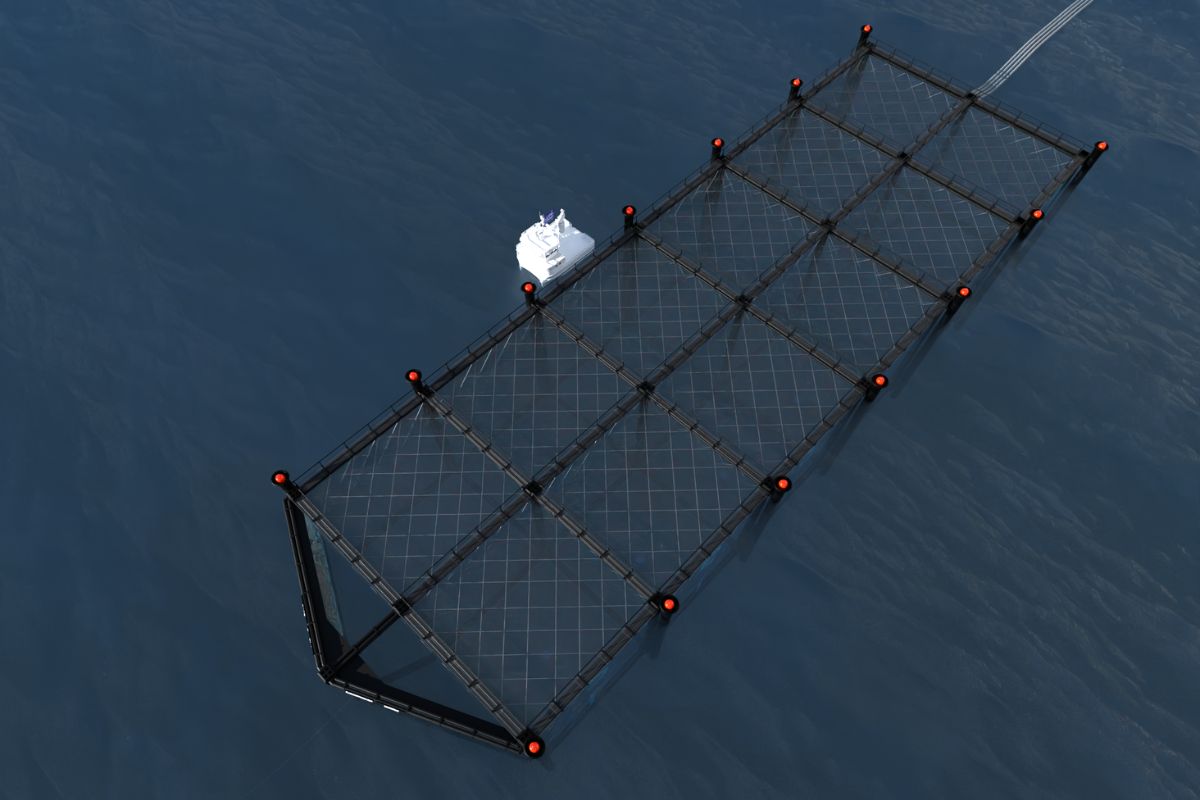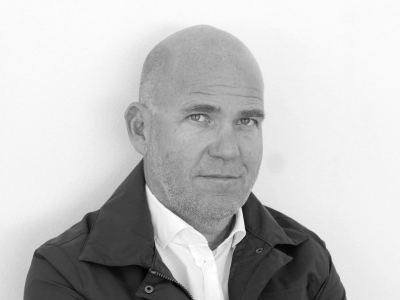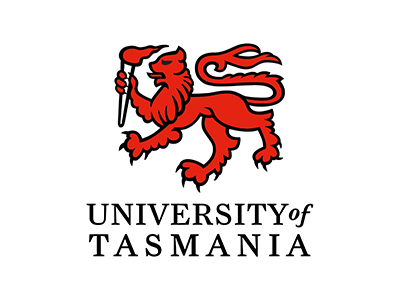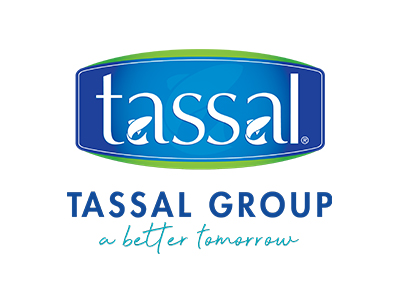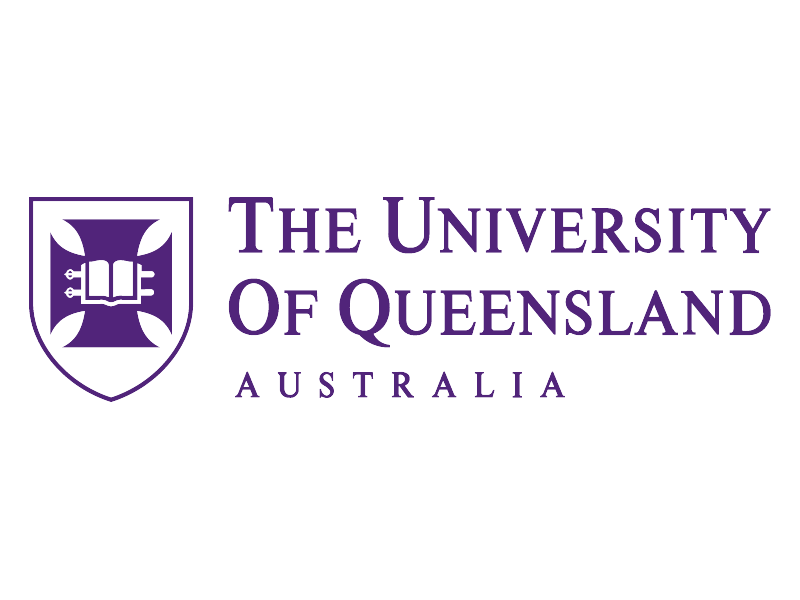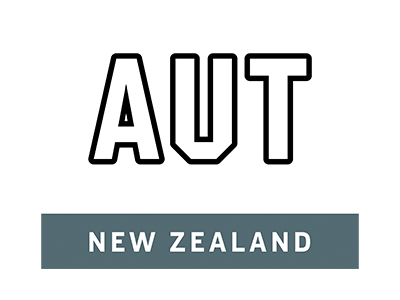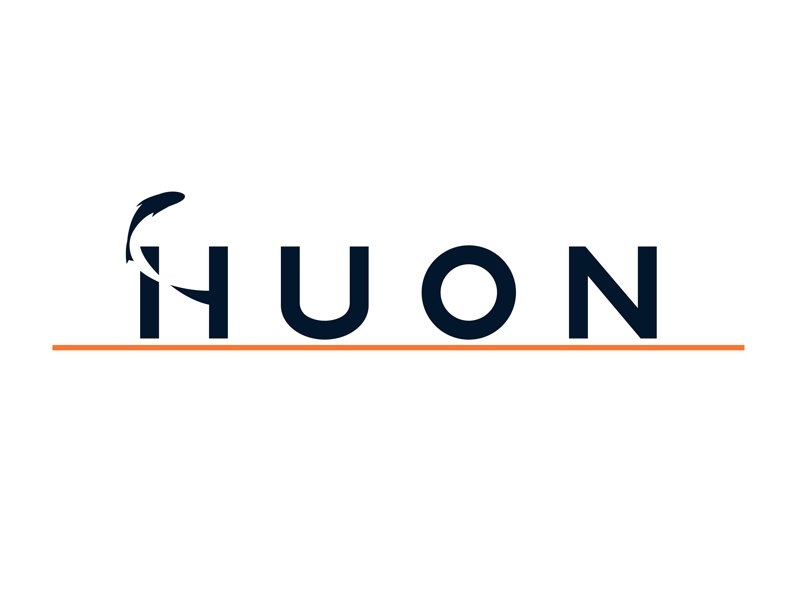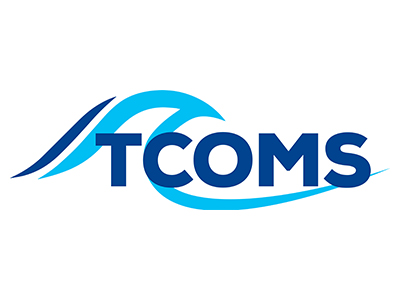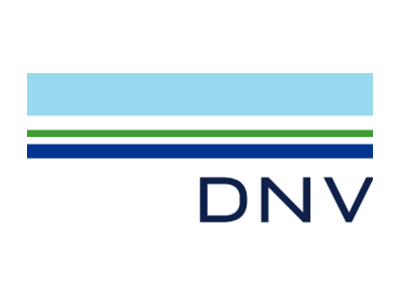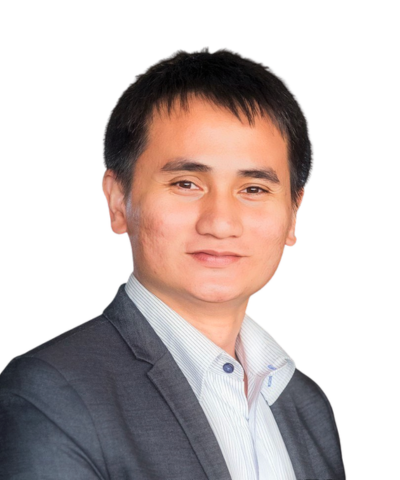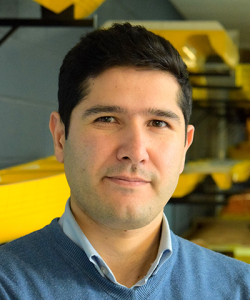Image courtesy of AEX Group
Research Program
PROJECT LEADER
PROJECT ID
1.21.002
BECRC PARTNERS
Auckland University of Technology
Cawthron
DNV Australia
Griffith University
Huon Aquaculture
SINTEF
Tassal Group
TCOMS
Universidad Austral de Chile
University of Queensland
UTAS
START DATE
February 2022
END DATE
January 2024
DURATION
24 months
PROJECT IN BRIEF
With fish farming moving from onshore to offshore, a novel fish pen design is needed. The scoping study “Review of Fish Pen Designs and Mooring Systems” by C. M. Wang et al. (2020) provided an overview of current challenges and future design opportunities for offshore fish pens.
Based on that, two new design schemes called SeaFisher and SeaDipper evolved. Submitted as a patent application, they reduce the wave load by either elevating or submerging the main parts of the structure.
Linked with the other BECRC programs, this project proposal will develop the SeaDipper and SeaFisher conceptually further to create safer, more efficient and affordable offshore fish pen structures.
Two major industry partners (Tassal Group and Huon Aquaculture) with broad operational expertise will participate and co-select the most promising concepts of the SeaFisher and SeaDipper during this first phase before the concepts will be improved and tested in detail, prototyped, and commercialised in the subsequent two phases.
RELATED NEWS
December 2023 Progress Update
The project team is pleased to announce it has successfully developed an innovative, practical, and cost-effective conceptual design for the SeaFisher. This design is well-suited for deployment in exposed sites globally.
The SeaFisher uses high-density polyethylene (HDPE) pipes and connectors to construct modular frame structures, ensuring easy fabrication, high flexibility, and cost-effectiveness. Its longitudinal-shaped structure, combined with a single-point mooring, effectively minimises environmental loads. Furthermore, the SeaFisher is designed to be submersible, providing protection against strong surface waves during storms through a sophisticated ballasting system.
October 2023 Progress Update
A patent was filed in August for an innovative modular Aquaculture Construction Kit made from High-Density Polyethylene (HDPE), a popular choice for coastal aquaculture structures such as fish pens. The modular nature of this system not only provides flexibility in design but also offers cost-effective production and transportation, as well as rapid assembly and disassembly, both on land and in water in combination with HDPE’s advantages like affordability, recyclability, as well as resistance to UV radiation and to biofouling.
These coastal and offshore structures have the ability to float or submerge, depending on the requirements. As a result, they may find application in various scenarios, including fish pens, shellfish cultivation, algae and kelp farming, and even as floating platforms to support aquaculture operations.
